Illegal gold mining activity devastates Yanomami Indigenous Land
26 de March de 2021
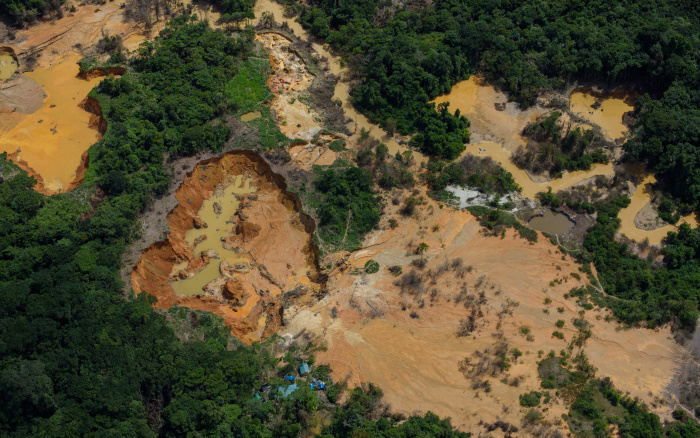
Bruno Pacheco – From Cenarium Magazine
The impacts of illegal mining on the Yanomami Indigenous Land were devastating in 2020. Despite the pandemic of the new coronavirus, which has already killed more than 300,000 people across Brazil, the mining activity has not stopped and has even destroyed 500 hectares of the Amazon rainforest from January to December last year. The data are from the report released on Thursday, 25, by the Hutukara Yanomami Association (HAY) and the Wanasseduume Ye’kwana Association (Seduume). The increase was 30% over the same period in 2019.
In 52 pages, the study ‘Scars in Forest – Evolution of illegal mining in Yanomami Indigenous Land in 2020’ shows that the region located between the states of Amazonas and Roraima has already recorded a total of 2,400 hectares of deforested area. Also, the study points out that the invasion of illegal mining is increasingly proliferating in indigenous communities, including isolated ones, with the opening of new routes into the interior of the forest.
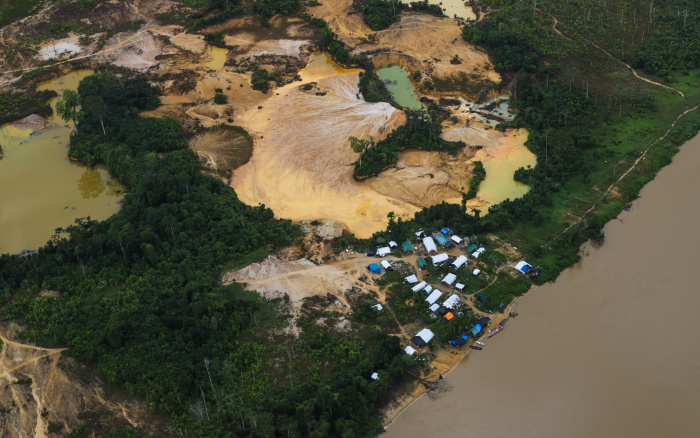
“The serious situation of diseases, malaria, diarrhea, measles and the coronavirus, which is increasingly evolving, damages the life of the Yanonami people. The problem of invaders and the pandemic continues. Our forest is being destroyed and our rights are being violated. Our health is precarious, education is poor and this generalizes a serious genocide because the government is not taking care of the Brazilian population”, says the indigenous leader Dário Kopenawa Yanomami, from the Hutukara Association.
The survey was based on the registration of satellite images of the constellation Planet and Sentinel 1 and the complaints from communities. The images were collected in a flight over the Illegal Mining Monitoring System in the Yanonami Indigenous Land, held in December 2020.
Increased
The study shows that illegal action increased in the basins of the Mucajaí, Catrimani, and Parima rivers, in addition to the Uraicoera river, which concentrates more than half of all the area degraded by mining, with 52%. According to the document, the intensification of mining takes place in a context of loss of capacity of public agencies to carry out the territorial protection of the Yanomami Indigenous Land.
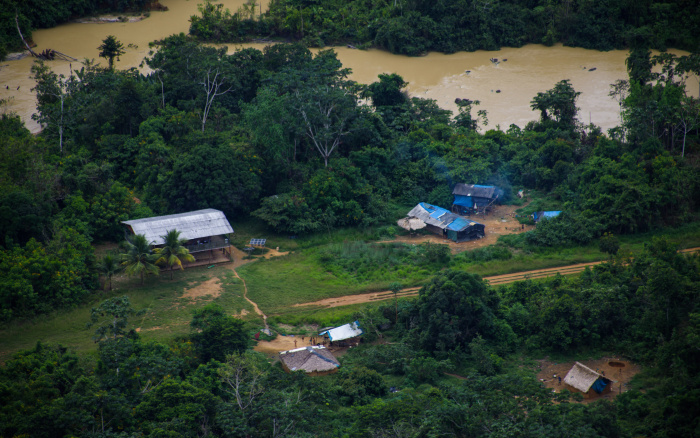
As deforestation advances, there is also an increase in pressure on indigenous communities that are threatened by invaders. According to the survey, six regions of Indigenous Land are most affected: Waikás (35% of the total degradation), Kayanau (23%), Aracaçá (17%), Homoxi (7%), Alto Catrimani (4%) and Parima (3%).
In addition to the “tatuzão do curum” mining, located on the banks of the Uraricoera, which concentrated most of the exploitation in the region until recently, the report shows that three new mining areas have emerged near the communities of Aracaçá, Korekorema, and the Ye’kwana de Waikás.
“Another point to be highlighted is the widespread use of expensive and heavy machinery and the operation of an extensive and complex multimodal logistical network (land, river and air), that makes the illegal extraction of gold on a large scale feasible. These data confirm the analysis that the mining activity today takes on characteristics similar to medium-sized mining, demanding a business organization, with high financial investment and complex logistical organization, and reaching a high potential for impact on the environment and human lives”, he says. excerpt from the report.
Reflections
The document emphasizes that amid the loosening of territorial protection mechanisms, there is a consequent opening of the way for the intensification of gold mining activities. The unusual approach of some mines and camps of indigenous communities was observed in the regions of Kayanau, Homoxi, and Xitei. Historically, this coexistence weakens the health of indigenous families, generating economic disruption and violent conflicts.
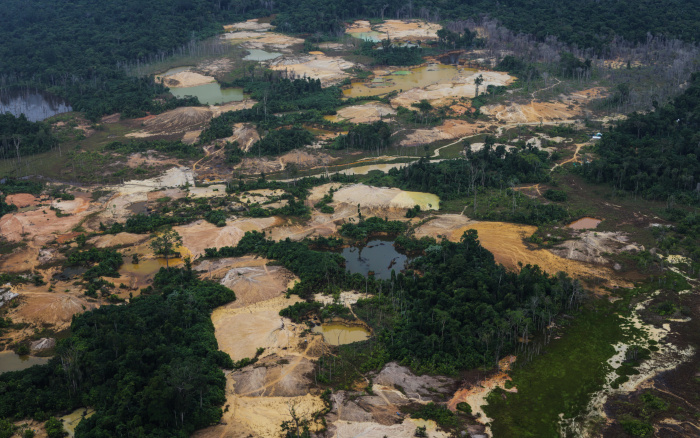
The invasion of prospectors is also reflected in the transmission of diseases such as Covid-19 and malaria. In 2019, a study by the Federal University of Minas Gerais in partnership with the Instituto Socioambiental (ISA) and reviewed by the Oswaldo Cruz Foundation (Fiocruz), called “The Impact of Pandemic on Yanomami Indigenous Land”, pointed out that the prospectors were the main vectors of the new Coronavirus within the Yanomami indigenous land, according to an article published in Cenarium Magazine.
Isolated communities
The “gold rush”, one of the precious materials explored in illegal mining, is stimulated by the socioeconomic crisis generated by the pandemic. The document also draws attention to the genocide for isolated peoples, mainly because of the diseases that make them even more vulnerable.
According to the Scars in Forest report, the increase in malaria cases, for example, is associated with increased forest degradation, whose open area facilitates the proliferation of mosquitoes that carry the disease. in”Between 2014 and 2019, there was an increase of 473% of malaria cases in the Yanomami Indigenous Land, with 30 of the 37 base poles presenting a high risk for the disease”, the document shows.
“Malaria and other infectious diseases were added to Covid-19, transmitted directly by workers in the mining that continued to circulate freely through Yanomami Land – 949 cases of the disease were registered until October 2020, with a strong incidence in Waikás and Kayanau, two examples of an area where the disease spread after the self-isolation of indigenous families was broken by forced coexistence with prospectors”, points out the report.
Mercutio
“It’s worth remembering that the greater intensity of the mining impacts is also directly related to the high rates of mercury contamination observed in individuals who live in communities close to these areas, with irreversible damage to human health”, reinforces the report.
The survey also shows that the data indicate increased pressure on the indigenous groups in voluntary isolation in the Serra da Structure, the Moxihatëtëma, pressured by the circulation of gold miners in the region, which is a few kilometers from the communities. “Any forced contact at this stage risks triggering a tragic episode of genocide,” argues the report.
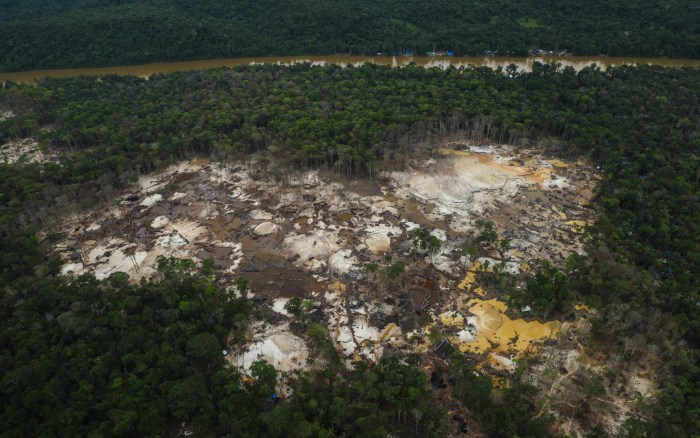
The study concludes that to stop illegal mining activities, the territorial protection measures of the Yanonami Indigenous Land must be fully resumed. The report suggests an urgent presentation of an integrated plan for the total removal of gold mining, foreseeing the performance of public bodies such as the Federal Police and the Army. In addition to the resumption of periodic operations in the region for the destruction of clandestine infrastructure and the permanent blocking of the supply logistics to the mining by the river, air, or land.
Also, the study requires further investigations into illicit activities related to gold mining, identifying and holding responsible the main actors in the entire illegal gold chain who finance and benefit from it directly or indirectly.
Get access to the document Scars in the Forest: Evolution of Illegal Gold Mining at Ti Yanomami in 2020:

